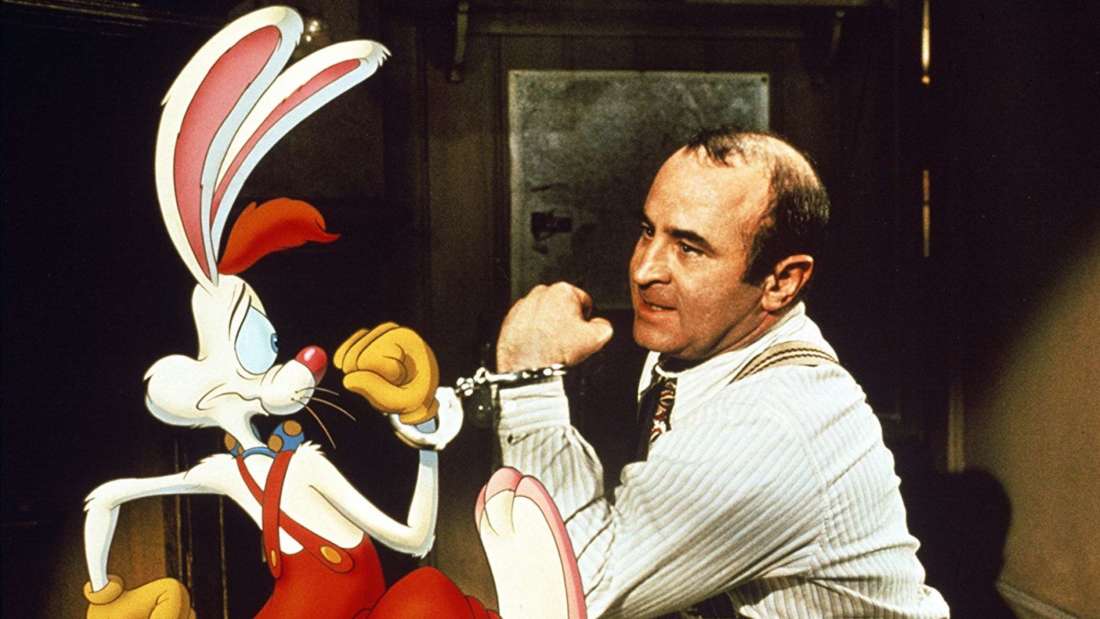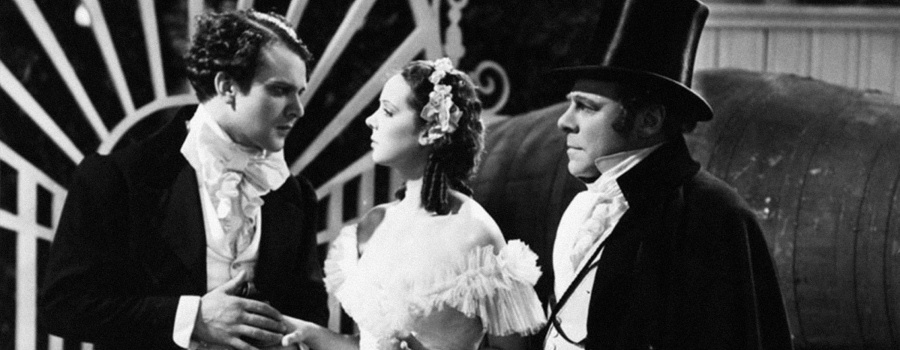Expendable, by Bob Connally
15 Sep
In the mid-‘80s, Shane Black was the Hollywood screenwriting wunderkind whose script for Lethal Weapon turned him into a hot property at the age of just 24. Around that same time Lethal Weapon’s producer Joel Silver cast Black in a small role in another film, Predator. Mainly Black was brought in to have a screenwriter on set to help punch up the film’s script mid-production. Physically he didn’t exactly fit in as a member of the military unit which featured the likes of Carl Weathers, Bill Duke, Jesse Ventura, Sonny Landham, and of course Arnold Schwarzenegger. Unsurprisingly his character, Hawkins, primarily serves as comic relief before he’s the first member of the team to be killed by the titular monster.












